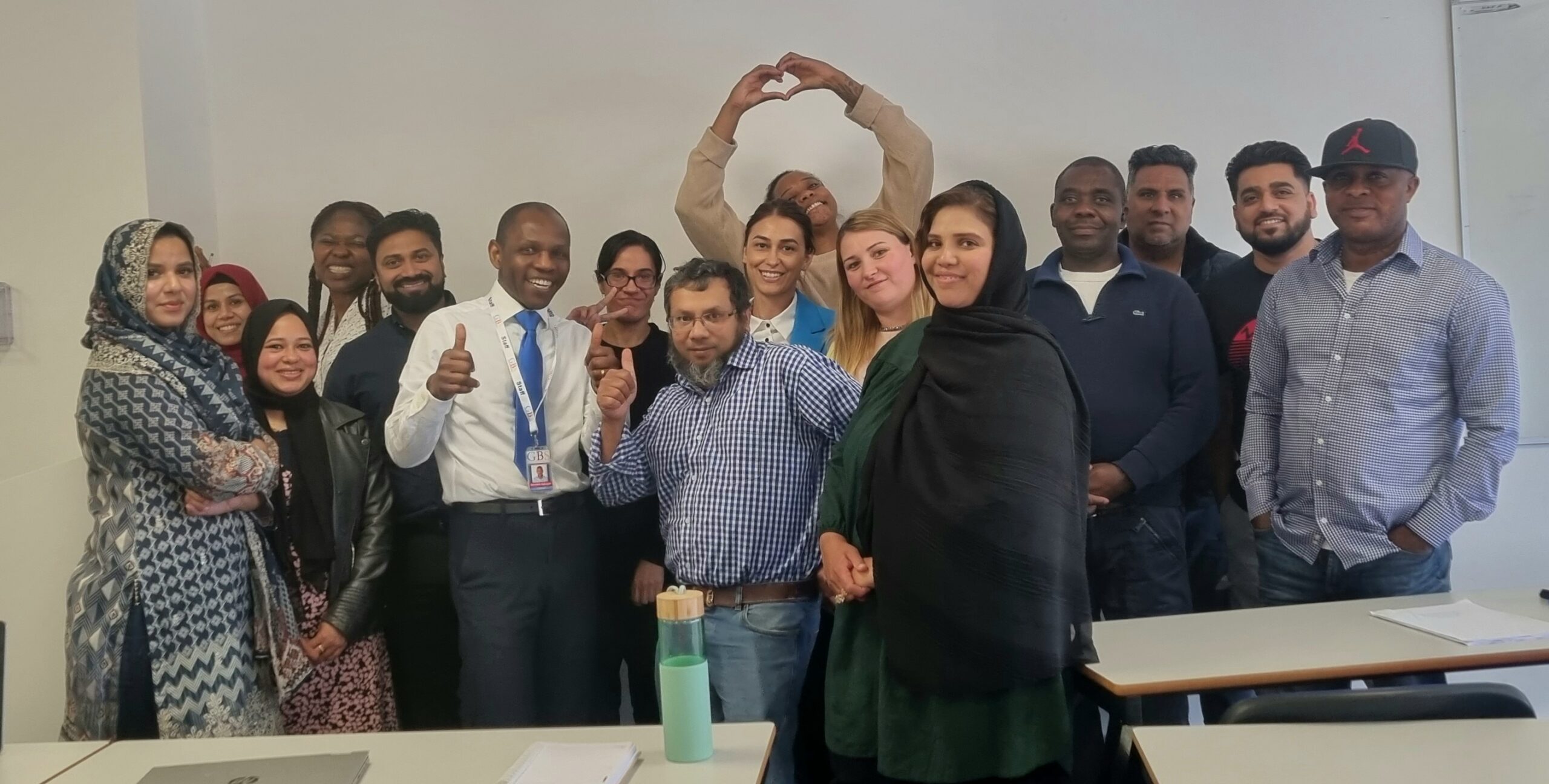The notion that leadership skills can be nurtured and honed within the family unit has brought about considerable attention.
This article critically examines the claim that leadership at home translates into effective leadership at work, drawing upon research evidence and acknowledging the complexities of both contexts.
This will be looked at from four different angles and running for the next four weeks. The first part will be looking at the role of communication at home and how this can impact workplace Leadership.
Part 1
The Bedrock of Leadership: Effective Communication from Home to Workplace
The cultivation of leadership extends far beyond formal training programs and corporate settings.
It finds its roots in the intimate sphere of the family, where communication dynamics play a pivotal role in shaping future leaders.
This article delves into the critical importance of effective
communication in both familial and professional contexts, exploring how skills honed at home can significantly impact workplace leadership.
Effective Communication: The Foundation of Strong Families Open, honest, and respectful communication within a family creates a bedrock of trust and
understanding, essential for nurturing healthy relationships and resolving conflicts (Goleman,1998).
Parents and guardians, acting as primary role models, shape their children’s
communication styles through their own behavior. When clear expectations are set, active listening is practiced, and empathy is shown, children feel heard and valued. This not only strengthens family bonds but also equips individuals with vital communication tools they can later employ in the workplace.
Research supports this, indicating that individuals raised in open communication environments tend to be more confident, adaptable, and effective communicators as adults (Repetti, Taylor, & Seeman, 2002).
Case Study: The Power of Family Communication.
Consider D-Lady, a successful executive known for her exceptional communication skills.
Reflecting on her childhood, D-Lady attributes her ability to connect with her team and foster a collaborative environment to the open communication she experienced growing up. Family dinners were a time for sharing thoughts and feelings, and her parents always encouraged her to express herself honestly and respectfully.
This early foundation in effective communication instilled in D-Lady the confidence to articulate her vision, actively listen to her team members, and provide constructive feedback. As a result, she has built a high-performing team characterized by trust, innovation, and a shared sense of purpose.
The Transference of Communication Skills to the Workplace;
The communication skills cultivated within the family can be powerful assets in the workplace.
Leaders who can clearly articulate their vision, actively listen to their teams, and provide constructive feedback create a culture of transparency and collaboration. This, in turn, enhances morale, stimulates innovation, and enables effective problem-solving (Tannenbaum & Schmidt, 1958).
However, the workplace presents distinct communication challenges. Formal hierarchies, power dynamics, and diverse personalities necessitate a nuanced approach. Leaders must be mindful of their audience, adapting their communication style accordingly. They also need to navigate potential conflicts with sensitivity and diplomacy. While the link between effective communication at home and successful leadership at work is clear, it is important to acknowledge the complexities involved.
Family dynamics, cultural influences, and individual personalities can influence how communication skills are developed and applied in different contexts.
The power dynamics inherent in the workplace can create communication barriers that may not exist within a family unit. Leaders must be conscious of
their authority and actively work to create a safe space for open dialogue and feedback.
In Conclusion;
Effective communication serves as the bedrock of leadership, both within the family and the workplace. The communication patterns established at home lay the groundwork for an
individual’s future leadership style. By fostering open, honest, and respectful communication, parents and guardians not only build stronger family relationships but also equip their children with invaluable skills that will benefit them throughout their lives.
The transfer of these skills to the workplace demands adaptability and an understanding of the unique communication challenges within organizations. Leaders who can master the art of effective communication in both settings will be well-positioned to inspire, motivate, and achieve lasting success.
What are your thoughts and addition to Today’s article?
Is this something you experienced in your life or in your environment?
I will like to hear from you, share with me.
References:
Goleman, D. (1998). Working with emotional intelligence. Bantam.
Repetti, R. L., Taylor, S. E., & Seeman, T. E. (2002). Risky families: Family social
environments and the mental and physical health of offspring. Psychological Bulletin, 128(2), 330-366.
Tannenbaum, R., & Schmidt, W. H. (1958). How to choose a leadership pattern. Harvard Business Review, 36(2), 95-101.

